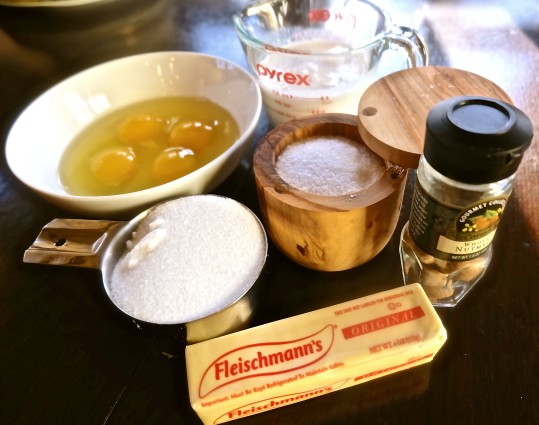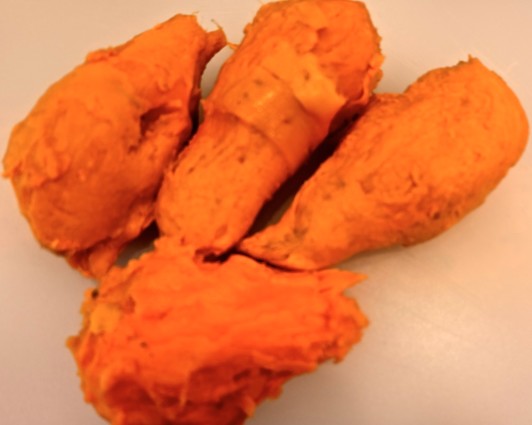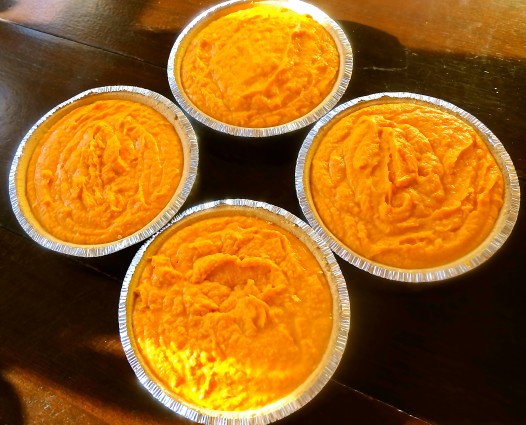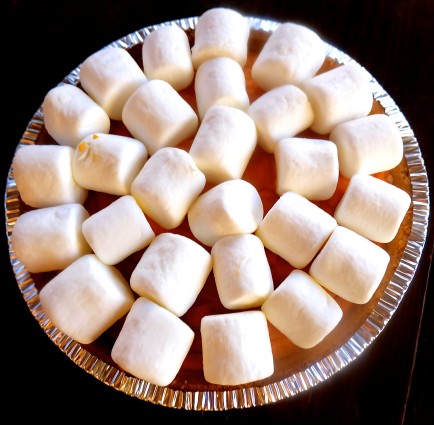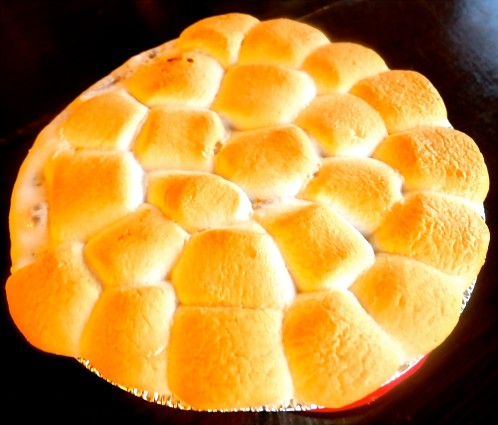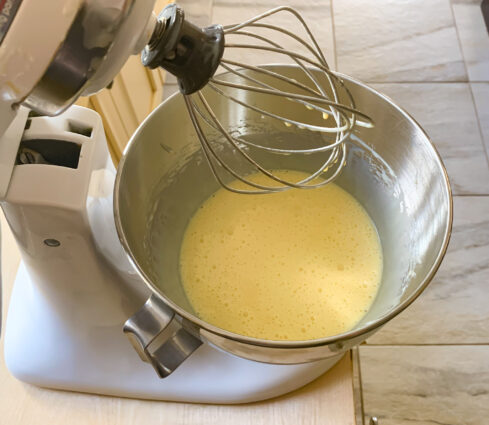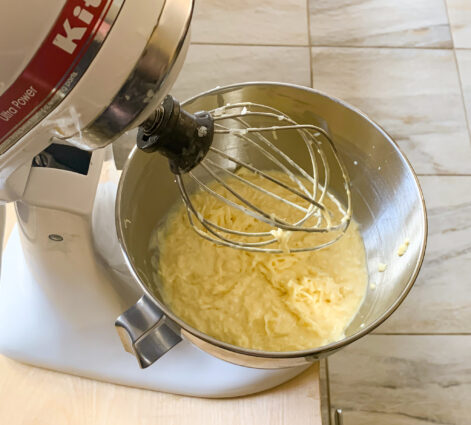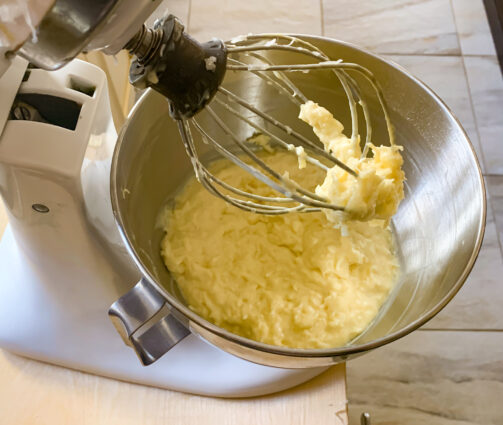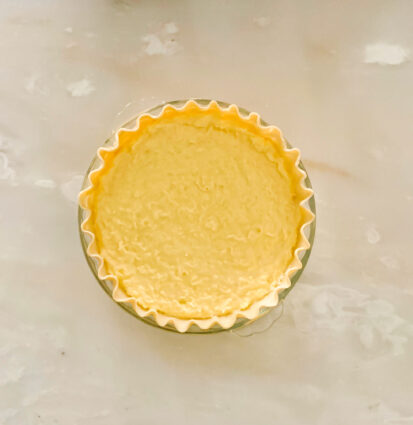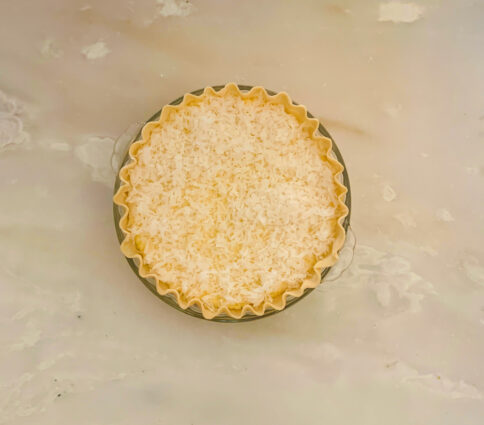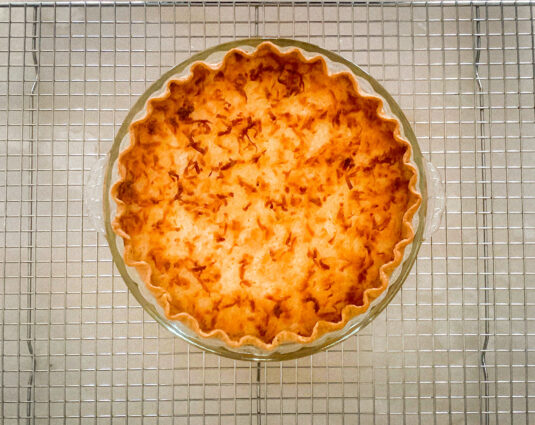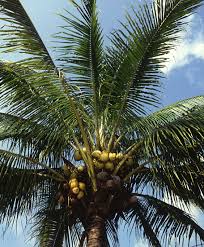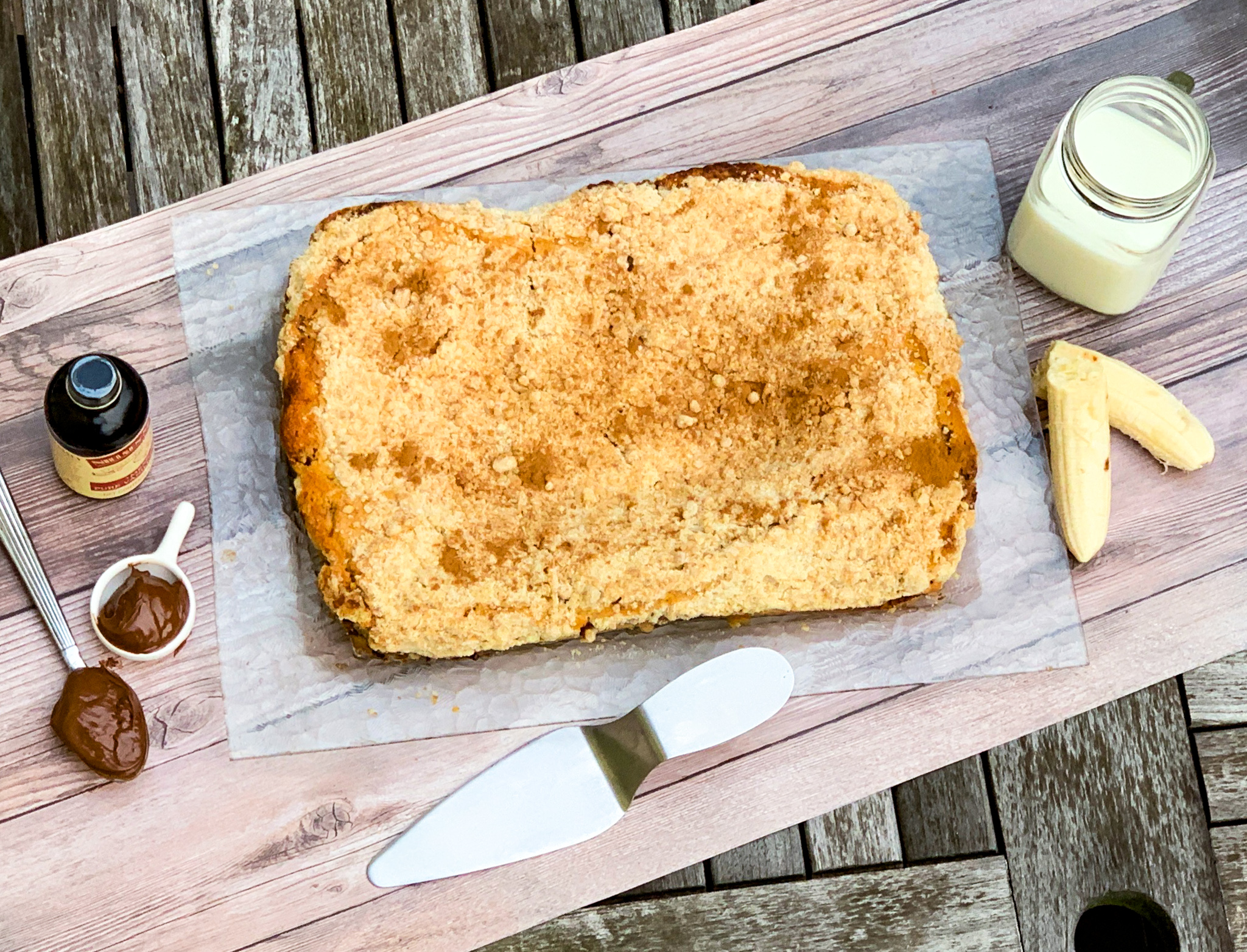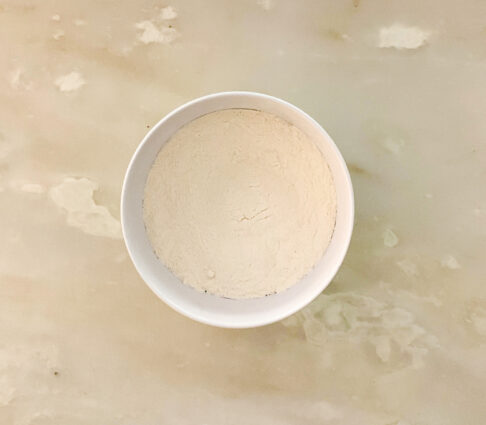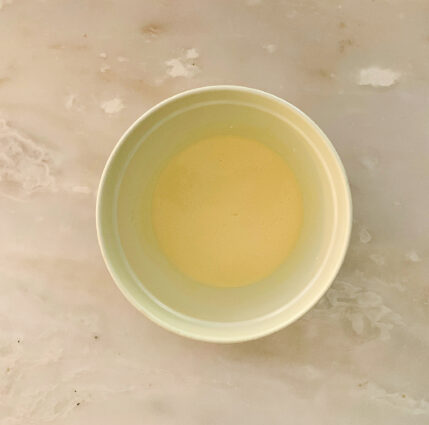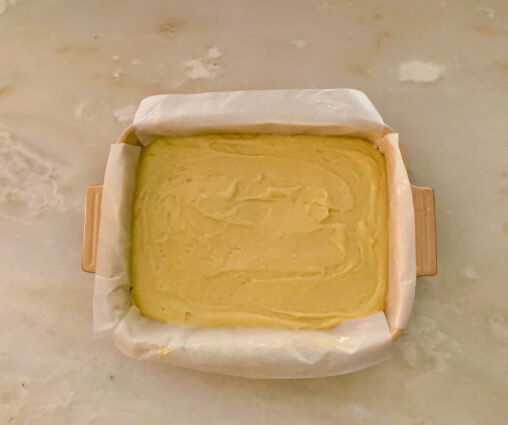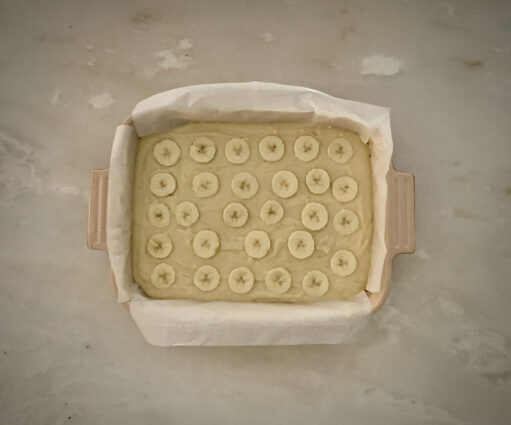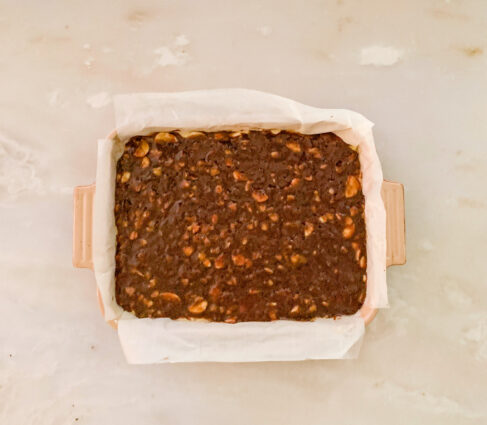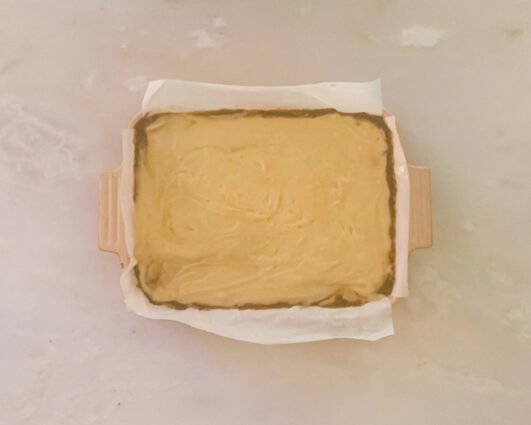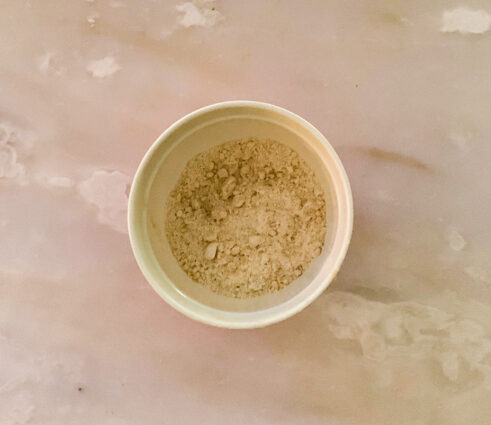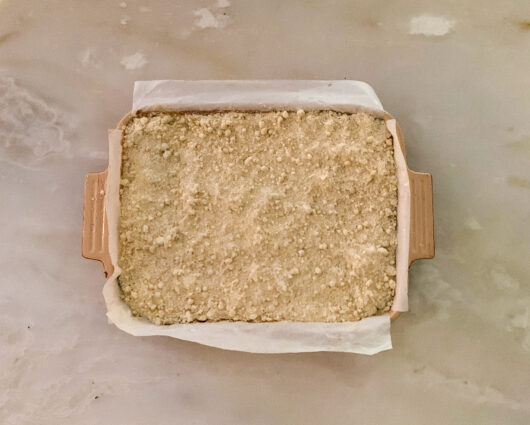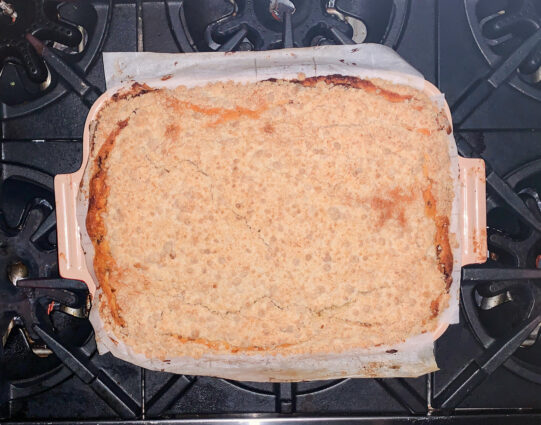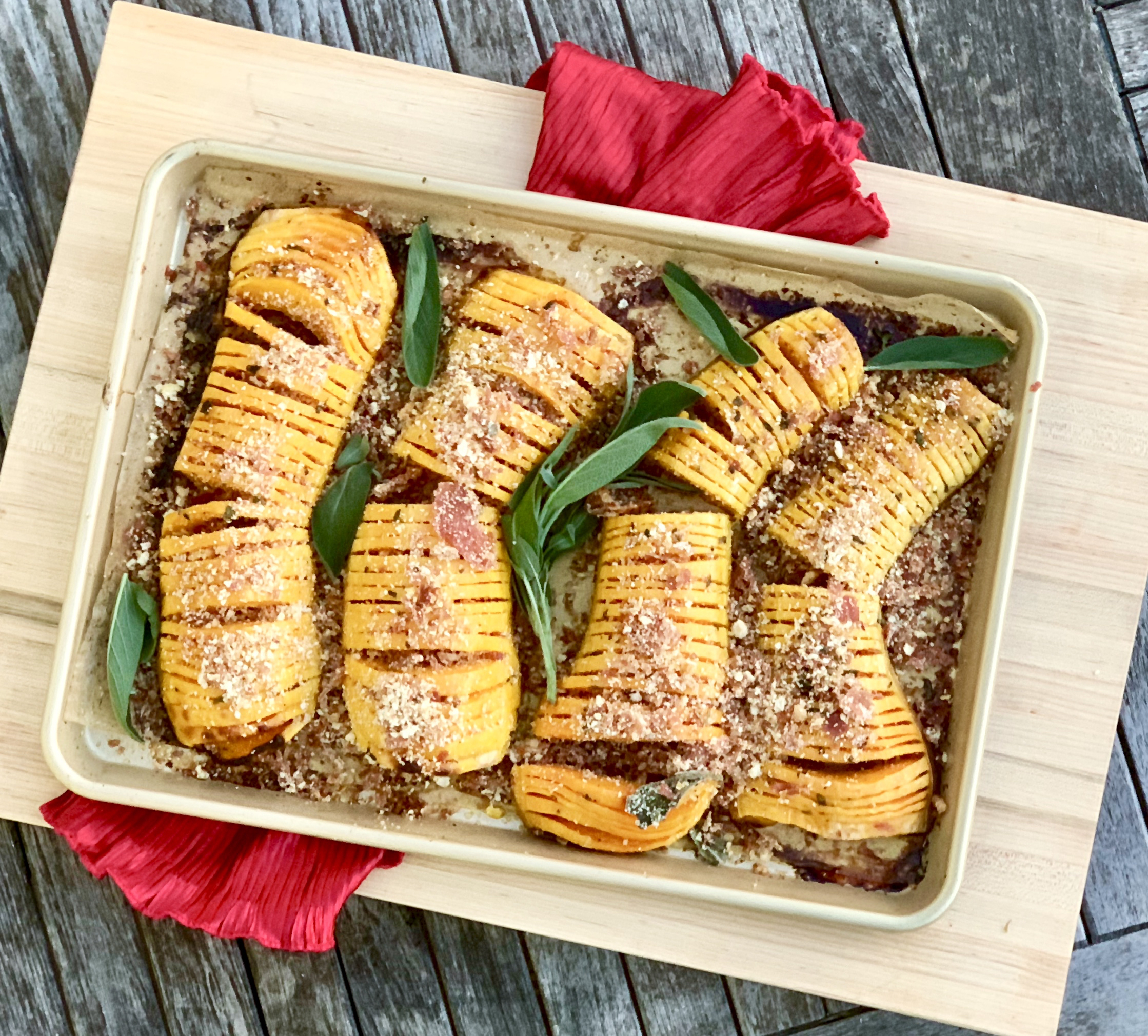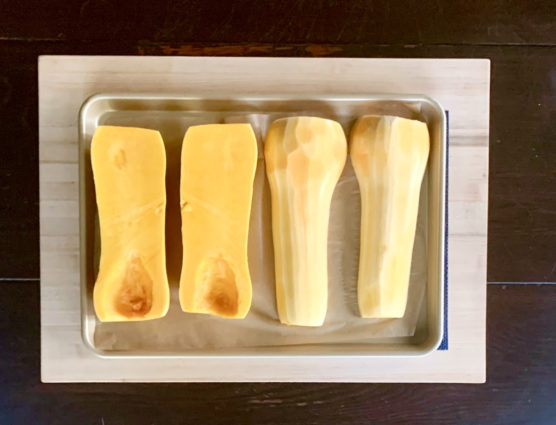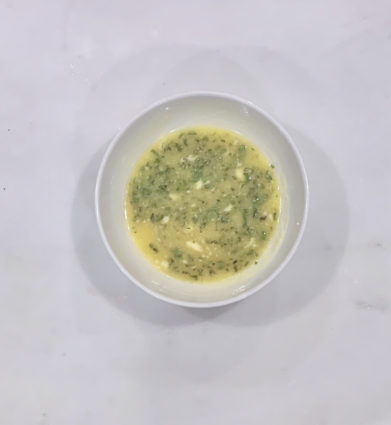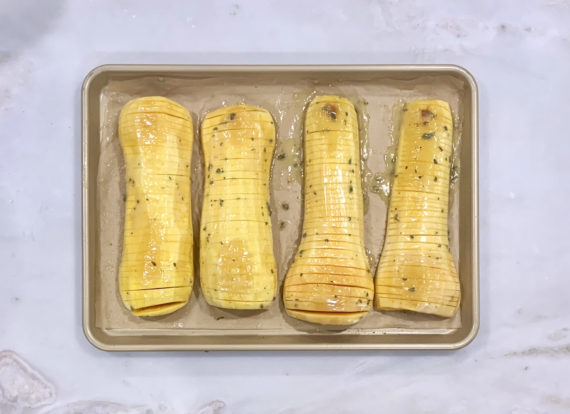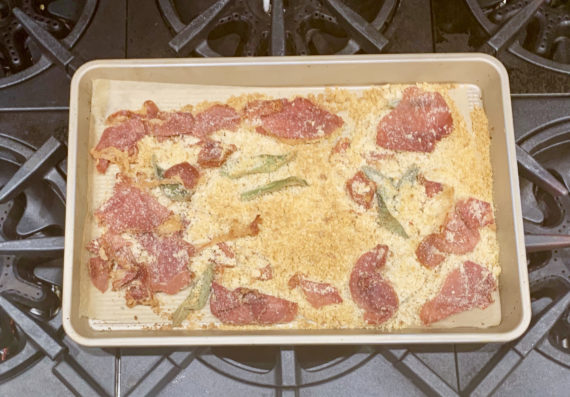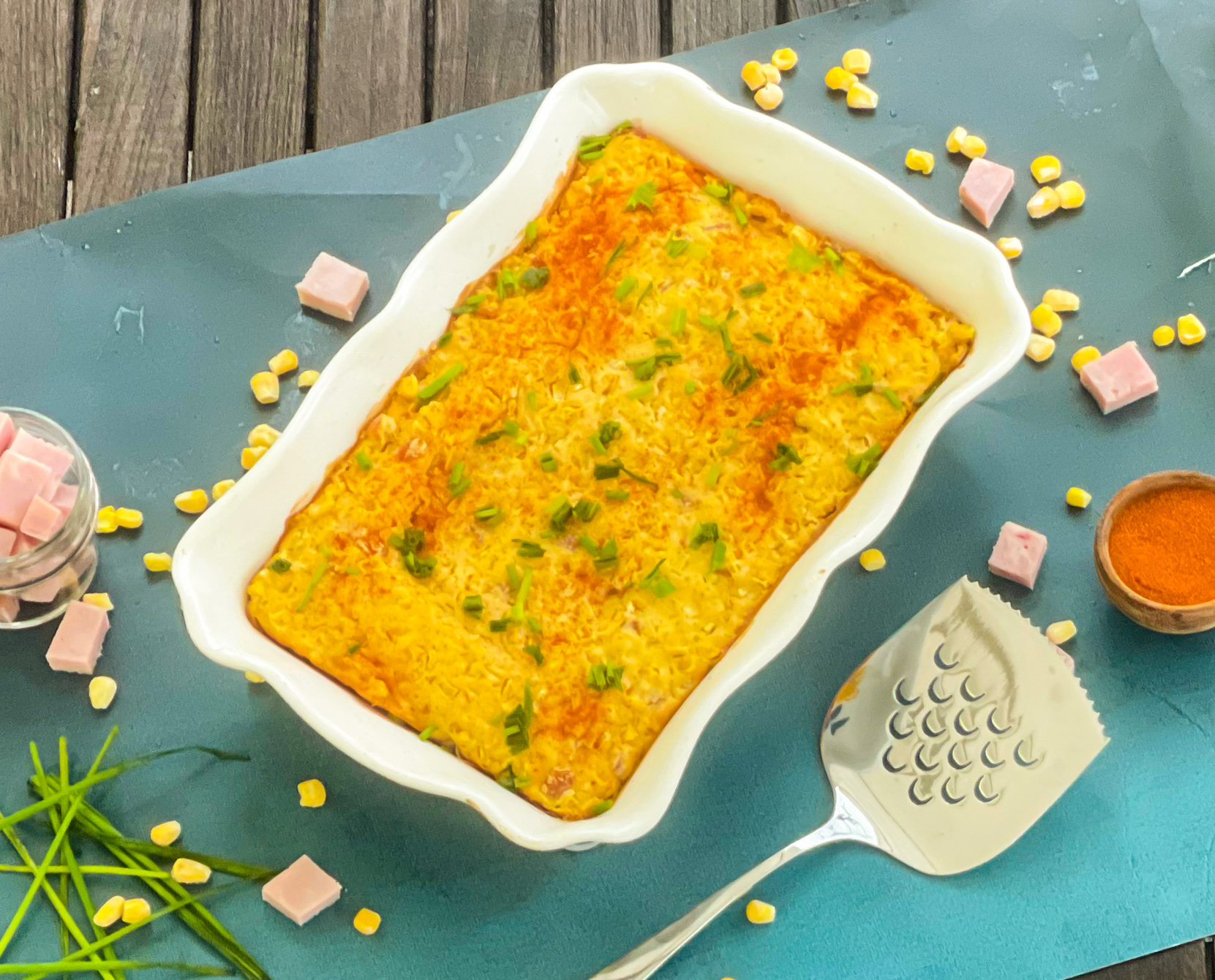
Many people do not like the springtime rain, but I love it because I know it will help my garden grow beautifully. Spring makes us think of sunshine, flowers, and vacations. Most of us, especially during this pandemic, are looking forward to being outdoors, but are often disappointed by frequent rain and random chilly days. There are planned hikes, bicycle rides, and picnics cancelled due to the sudden rain showers and generally poor weather.
While we all love spring, it is the rainiest season of the year in terms of the number of days with precipitation. Clouds are made of water droplets, and when those water droplets combine into one another, they grow. As the water droplets grow and get heavier, they fall to earth as rain.
All this rain brings nature in an explosion of brilliant colors. After the long, dark, winter months, spring is literally a breath of fresh air. And as the days get longer, the nights get shorter, and it starts to feel warmer, our gardens respond in a big way. There’s nothing quite like the excitement of seeing your first bumblebee or butterfly of the year. They’re one of the feel-good sights that give us a little taste of the summer.
Twenty years ago, my husband and I started a garden around our yard, painstakingly planting flowers and bushes that we love to see come to life during the warm months. Every year we would plant and replant the ones that did not grow back. I would not call us very adept at growing a garden, but every year we put in our due diligence and hope that the perennials will come back healthy and bigger than before.
While it’s true that tap water can help plants grow healthy, rainwater is actually much better for your garden. We have noticed that after rain falls, plants take on a greener, cleaner, and more lush appearance. This has to do with the chemical differences between rainwater and tap water. Drops of rain are rich in oxygen, which serves as a safety net in case soil is heavily saturated after heavy rain. Tap water does not have that much oxygen, and when too much of it is poured on plants, root rot occurs as a result of anaerobic soil conditions.
Whatever the reason, my husband and I are very proud of our growing garden. It took a lot of trial and error to get it right, but finally, after all these years, we have a garden that we are very proud of. We have taught our sons to garden with us and hope that when they have their own home someday, they have the tools to create a beautiful garden for themselves and their families.
On to our recipe for the day. Cornbread is one of our favorite foods. It is not just a side dish in the fall, it is one recipe that we can serve anytime of the year, sure to make us happy. This recipe calls for boxed corn muffin mix, making preparation a snap. I particularly love using boxed mixes that can be doctored up. The sour cream and cream cheese ensure a moist cake that is perfection in every bite. The garlic, paprika, and chives are the savory in this dish, and the ham, cheese, and corn add additional rich flavor and texture. This dish is crowd pleaser and one I think you will make again and again. Leftovers reheat incredibly well to boot!
This recipe is courtesy of The Cookie Rookie and will serve 6 people who will surely want seconds!
Ingredients for Loaded Cornbread Casserole:
½ white onion diced
4 oz cream cheese
1 tsp minced garlic
16 oz corn
1 cup diced ham
2 box jiffys corn muffin mix
2 eggs beaten
⅔ cup milk
¼ cup sour cream
½ tsp paprika
1 tsp pepper
½ cup shredded cheddar cheese
2 tbsp chives garnish
Preheat oven to 350*
Dice onion and mince garlic.
Add to a sauce pan and cook to soften about 2 minutes.
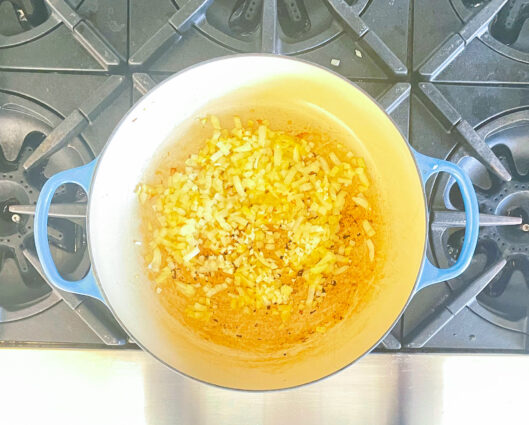
Add cream cheese and stir until melted.
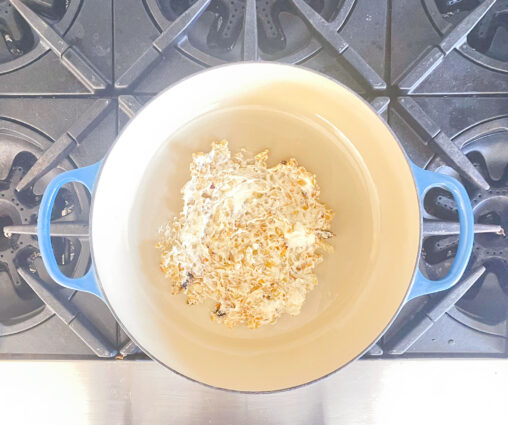
Then, stir in 8 oz of corn.
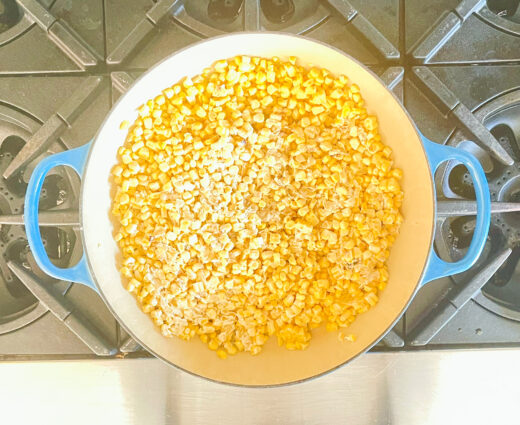
Remove from heat
In a large bowl, mix all ingredients together.
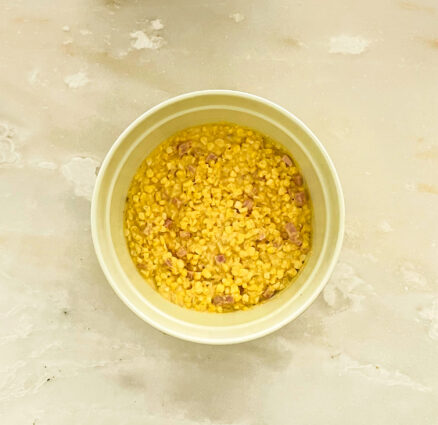
Spread evenly into a 9×13 casserole dish.
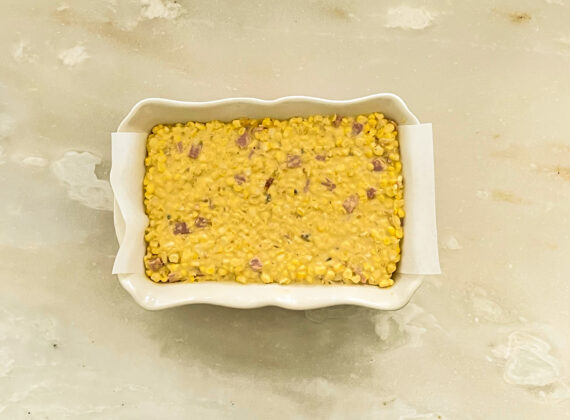
Place into the center rack of the oven and bake for 45-50 minutes, or until edges are golden brown, or for a more “bread-like pudding, leave it in for 60 to 65 minutes.
Garnish with chives and enjoy!
It’s that simple!


